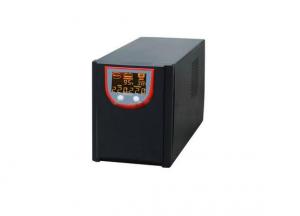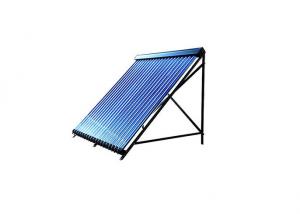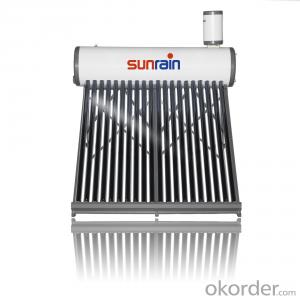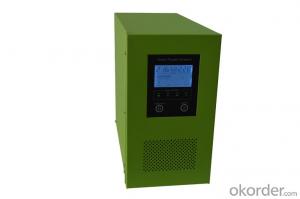Homage Solar Inverter
Homage Solar Inverter Related Searches
Solar Home Inverter Home Solar Inverter Home Depot Solar Inverter High Voltage Solar Inverter Household Solar Inverter Amaze Solar Inverter House Solar Inverter Solace Solar Inverter Hybrid Solar Inverter Empower Solar Inverter Homemade Solar Inverter Solaredge Solar Inverter Inspire Solar Inverter Hybrid Solar Power Inverter Inverter For Solar Synergy Solar Inverter Solar House Inverter Inverter For Home Solar High Quality Solar Inverter Home Solar System Inverter High Power Solar Inverter Solar Inverter For Home Aims Solar Inverter Hiq Solar Inverter Felicity Solar Inverter Inverter Hybrid Solar Harbor Freight Solar Inverter Domestic Solar Inverter Home Solar Power Inverter Home Power Inverter For SolarHomage Solar Inverter Supplier & Manufacturer from China
Homage Solar Inverter is a high-quality product designed to convert solar energy into usable electrical power. This efficient device is essential for harnessing the power of the sun and integrating it into various electrical systems. The Homage Solar Inverter is widely used in residential, commercial, and industrial settings, making it a versatile and valuable addition to any solar power setup. It is designed to optimize energy production and ensure a seamless integration with solar panels, batteries, and the electrical grid. This product is ideal for those looking to reduce their reliance on traditional energy sources and embrace a more sustainable and eco-friendly approach to power generation.The Homage Solar Inverter is utilized in various applications, including off-grid systems, grid-tied systems, and hybrid systems. It is particularly useful in areas with abundant sunlight, where the potential for solar energy generation is high. This product is also beneficial for those looking to reduce their carbon footprint and contribute to a greener environment. By using the Homage Solar Inverter, users can enjoy the benefits of clean, renewable energy while also potentially lowering their energy bills. The product's versatility and efficiency make it a popular choice among solar power enthusiasts and professionals alike.
Okorder.com is a reputable wholesale supplier of the Homage Solar Inverter, offering a vast inventory of this sought-after product. As a leading online platform, Okorder.com ensures that customers have access to a wide range of solar inverters, including the Homage Solar Inverter, at competitive prices. With a commitment to quality and customer satisfaction, Okorder.com is the go-to destination for those in need of reliable and efficient solar power solutions. By partnering with Homage, Okorder.com is able to provide customers with a top-tier product that meets their energy needs and contributes to a more sustainable future.
Hot Products
















































